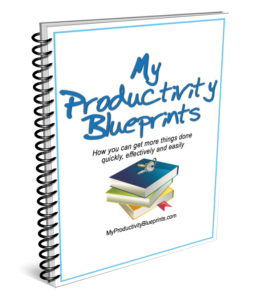 If you have an unlimited amount of time to work on something, you probably won’t get it done very quickly. If you have a tight deadline, you’re much more likely to get to work on it right away.
If you have an unlimited amount of time to work on something, you probably won’t get it done very quickly. If you have a tight deadline, you’re much more likely to get to work on it right away.
That particular theory was first expressed in 1955 by a man named Cyril Northcote Parkinson, and now famously called Parkinson’s Law, and states: “work expands so as to fill the time available for its completion”.
In other words, assuming it’s possible to complete a task in a day, if you give yourself a day to complete it, it will get done. If you give it a week, it will take a week. And if you give it an unlimited amount of time, it might take virtually forever.
Some people believe that having an unlimited amount of time to work on something is a good thing. Instead, it makes you so much less efficient. When you have a deadline, you’re forced to be creative and innovative. You’re forced to cut the fluff and just get the task done.
You might already have deadlines in place for most of your action items. If you don’t, I suggest you start to set deadlines for yourself.
You need deadlines whether you set them or someone else sets them for you. You need to have a clear picture of which tasks you have to have completed, and by when.
Again, set deadlines for yourself, even if the deadlines are fairly strict. You’ll be forced to manage your time well.
And if you need to boost your productivity have a look at My Productivity Blueprints for a novel way to get more things done quickly, effectively and easily.


 Are you ready to take your business to the next level and watch some explosive growth unfold over the coming months? Great.
Are you ready to take your business to the next level and watch some explosive growth unfold over the coming months? Great.






